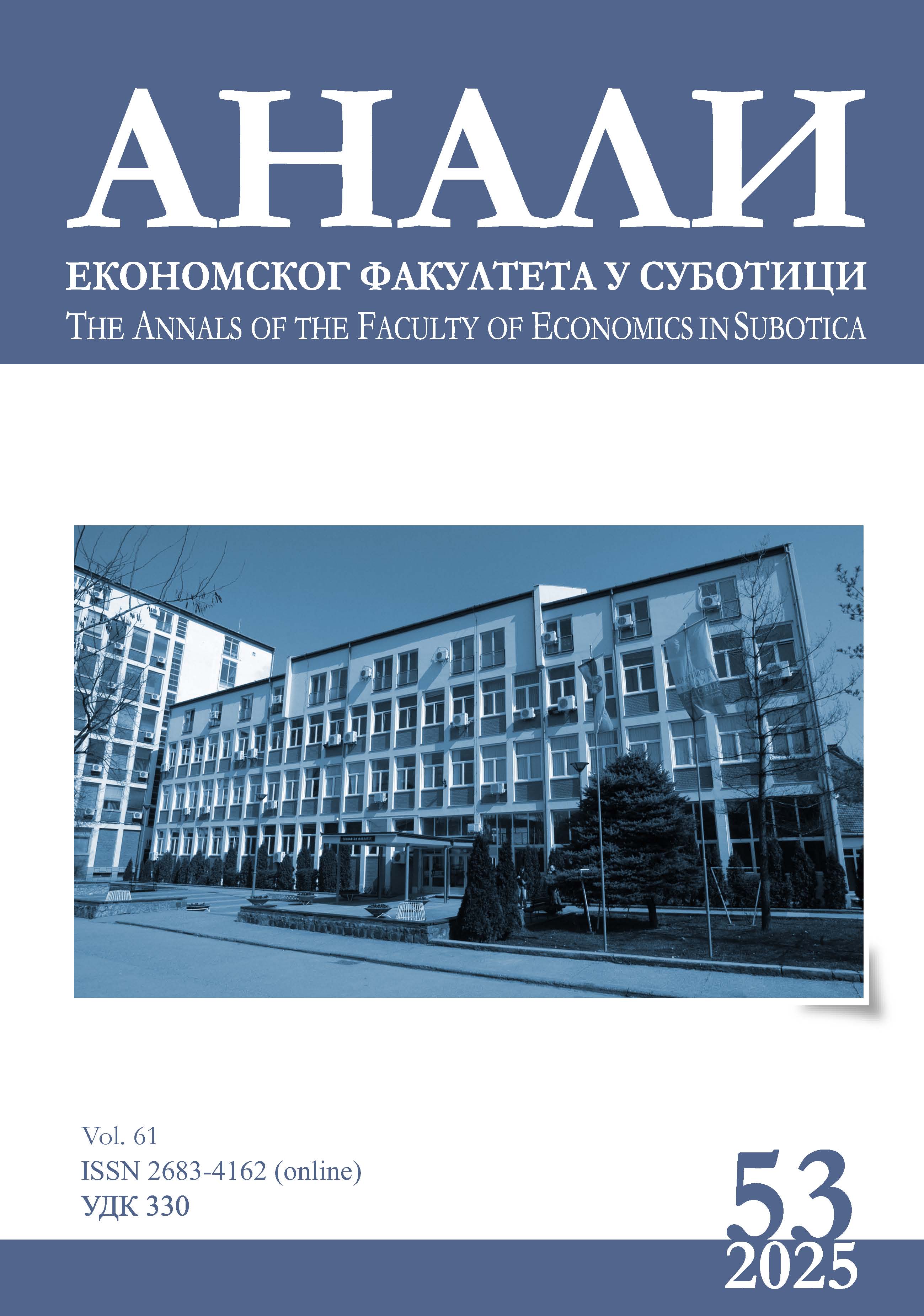Social marketing and auditing for sustainable urban inclusion in Serbia
Abstract
The problems of the Roma population play a very important role for the Government of Serbia. An anonymous questionnaire was used to conduct the empirical research, which was distributed online to all local self-government units and Roma non-governmental organizations in the Republic of Serbia.In order to check the dimensionality of the scales, exploratory factor (EFA) analysis was used. During factor extraction, the principal components analysis method was applied, with the Promax solution selected in rotation. According to the results of the CFA, the indicators of the five-factor structure of the social inclusion of the Roma national community were achieved at an acceptable level because they confirm the five-factor segment of the social inclusion of the Roma national community.The measurement model was evaluated based on reliability, convergent validity and discriminant validity. Based on the presented results, the existence of a five-factor structure of social inclusion of the Roma national community can be confirmed.The coefficients of the path for the quality of life of Roma varied between five segments of social inclusion, of which employment, as one of the segments of social inclusion, has the greatest statistical significance - the impact on the quality of life of Roma.
Copyright (c) 2025 Anali Ekonomskog fakulteta u Subotici

This work is licensed under a Creative Commons Attribution 4.0 International License.







